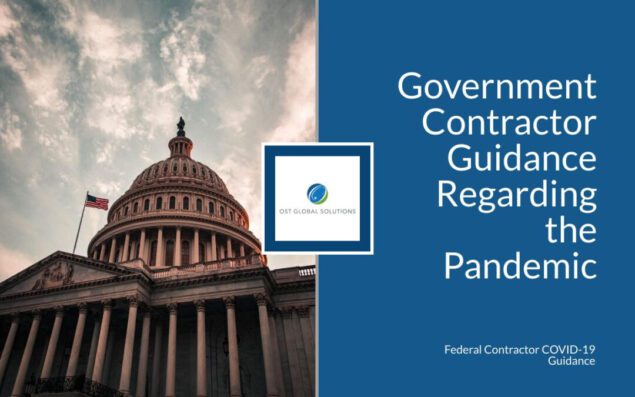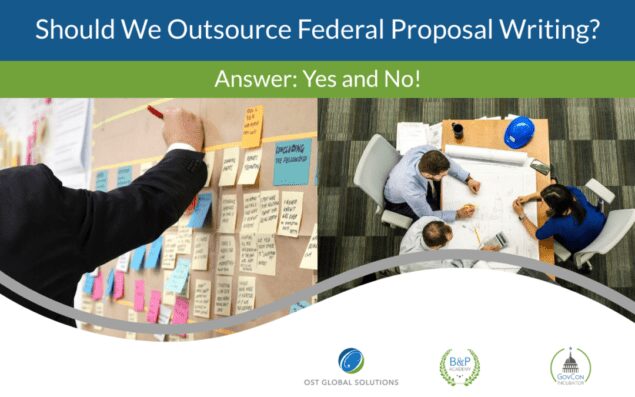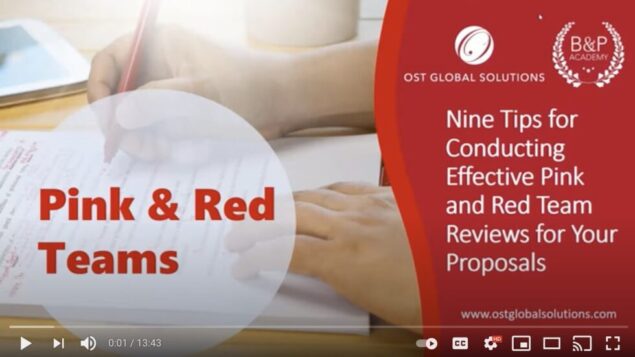


Should We Outsource Federal Proposal Writing? Answer: Yes and No!
Perhaps the most common complaint of proposal teams – besides never having enough time – is limited availability of talent. Business development managers and program leads must make crucial and often last-minute decisions about how to staff the effort. But...
Competitor Analysis with a Freedom of Information Act (FOIA) Request
The Freedom of Information Act (FOIA) requests are a critical element of business development and capture. This is how you learn about a pursuit’s history and your competition. The problem is – FOIA requests are tricky:
They take forever to obtain – so someone needs to carefully track them and follow up relentlessly to get any results – sometimes taking months and rendering your requests useless for your capture effort.

Nine Tips for Conducting Effective Pink and Red Team Reviews for Your Proposals
Proposal color reviews, such as Blue Team, Pink Team, Red Team, Gold Team, White Glove, and others, are proven best practices in developing outstanding proposals. However, many color reviews are not very effective despite their ability to dramatically improve the...
How to Entice a Prospective Teaming Partner to Team with You
This is our final article in the Finding Contracting Teammate series. The first article explored the advantages and risks in teaming. The second article explained our detailed process for finding federal contracting teaming partners the right way. So, let’s say you’ve...
